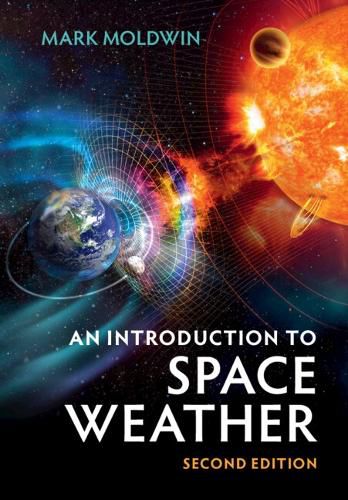Readings Newsletter
Become a Readings Member to make your shopping experience even easier.
Sign in or sign up for free!
You’re not far away from qualifying for FREE standard shipping within Australia
You’ve qualified for FREE standard shipping within Australia
The cart is loading…






Our space age technology enables global communication, navigation, and power distribution that has given rise to our ‘smart’, interconnected and spacefaring world. Much of the infrastructure modern society depends on, to live on Earth and to explore space, is susceptible to space weather storms originating from the Sun. The Second Edition of this introductory textbook is expanded to reflect our increased understanding from more than a dozen scientific missions over the past decade. Updates include discussions of the rapidly expanding commercial space sector, orbital debris and collision hazards, our understanding of solar-terrestrial connections to climate, and the renewed emphasis of human exploration of the Moon and Mars. It provides new learning features to help students understand the science and solve meaningful problems, including some based on real-world data. Each chapter includes learning objectives and supplements that provide descriptions of the science and learning strategies to help students and instructors alike.
$9.00 standard shipping within Australia
FREE standard shipping within Australia for orders over $100.00
Express & International shipping calculated at checkout
Our space age technology enables global communication, navigation, and power distribution that has given rise to our ‘smart’, interconnected and spacefaring world. Much of the infrastructure modern society depends on, to live on Earth and to explore space, is susceptible to space weather storms originating from the Sun. The Second Edition of this introductory textbook is expanded to reflect our increased understanding from more than a dozen scientific missions over the past decade. Updates include discussions of the rapidly expanding commercial space sector, orbital debris and collision hazards, our understanding of solar-terrestrial connections to climate, and the renewed emphasis of human exploration of the Moon and Mars. It provides new learning features to help students understand the science and solve meaningful problems, including some based on real-world data. Each chapter includes learning objectives and supplements that provide descriptions of the science and learning strategies to help students and instructors alike.